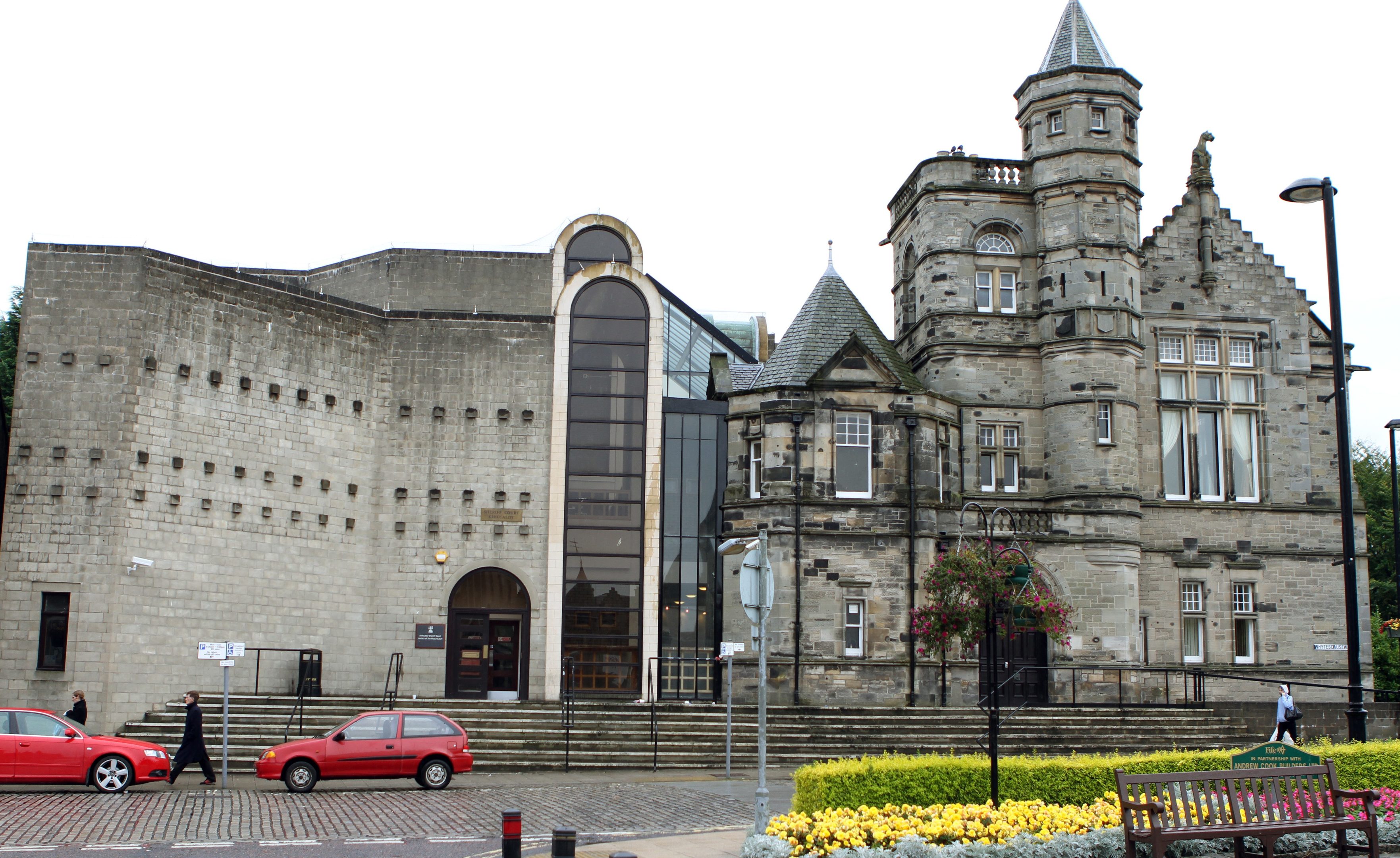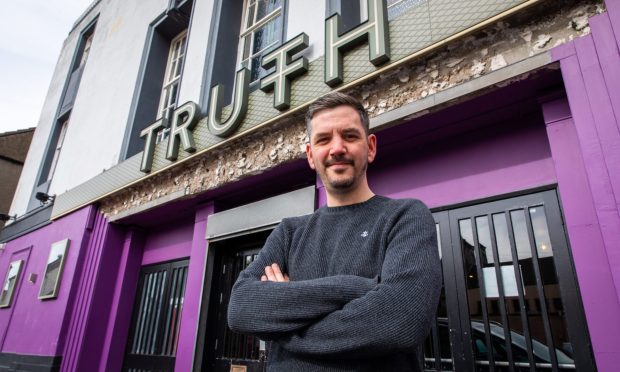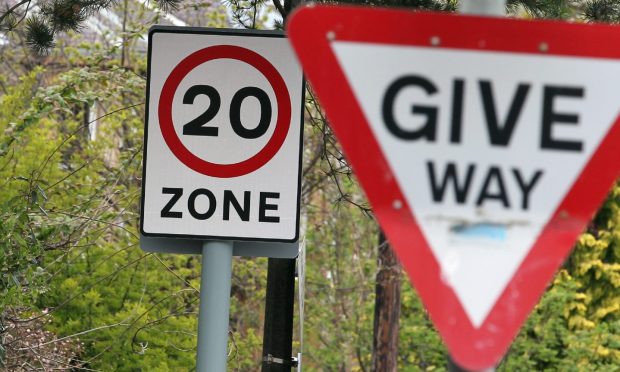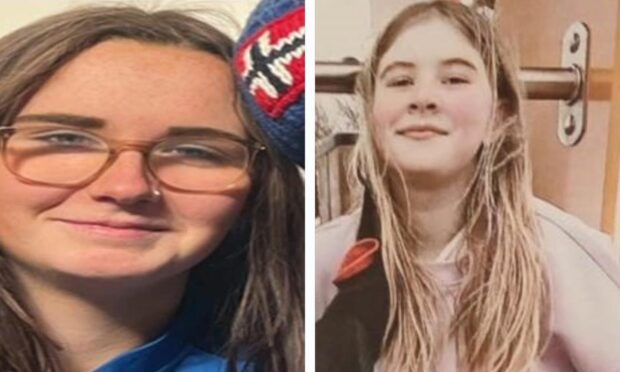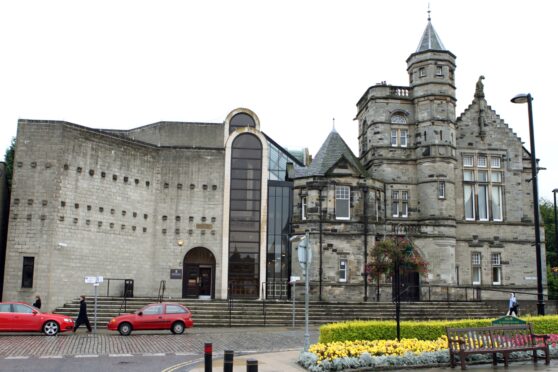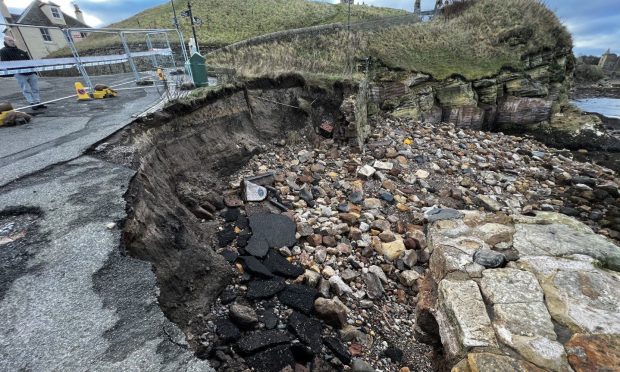A jury is expected to consider its verdict on Wednesday in the trial of a Fife man accused of assaulting a newborn baby.
Stephen Graham, 27, denies squeezing the three-week-old boy’s torso, repeatedly shaking him and throwing the tot onto a hard surface to his severe injury and to the danger of his life at an address in Fife between April 20 and 28, 2014.
Evidence continued at Kirkcaldy Sheriff Court on Tuesday with depute fiscal Ronnie Hay reminding the court that scans after the baby’s admission to hospital on April 28 2014 showed a left-sided skull fracture, multiple fractured ribs, bruising on the chest wall, bruising on the scalp and some bleeding on the brain.
Dr Peter Richards, a consultant neurosurgeon with almost 40 years’ experience, agreed with Mr Hay’s assertion that the injuries could be described as “extensive”, and said the “only plausible” explanation was some sort of head injury.
“What we know from everyday life is that normal handling doesn’t fracture skulls,” he noted.
Mr Hay queried if the injuries were indicative of a “spontaneous, single event” rather than “prolonged abuse”.
Dr Richards concurred, suggesting that his experience was that the injuries could have been caused by “someone stressed, tired” and someone who had “lost it”.
Asked by Mr Hay if it was his opinion the child had been shaken at some point and struck a hard surface, Dr Richards replied: “I think it’s likely – that would tie everything together.”
Dr Richards also told the court that he believed the injuries could have happened up to two or three days before the child’s hospital admission on the Monday, although he admitted under questioning from defence advocate Chris Fyffe that trying to ascertain timescales was a “relatively speculative” process.
Mr Fyffe also pointed to previously heard evidence which suggested the child had appeared “very contented” on the Saturday, and had not been the “grumpy” baby one would expect to see if it had sustained an injury.
Dr Richards conceded: “It doesn’t sound like a baby who had recently had a thump on the head which fractured its skull.”
Mr Fyffe also highlighted the fact that the child had also been bathed on the Sunday and appeared well.
“I would’ve expected that washing the head would have provoked an unhappy baby,” Dr Richards added.
Under re-examination by the Crown, Dr Richards said it was difficult to pinpoint timescales as there appeared to be “no clear moment of change” in the baby’s behaviour.
Closing speeches in the trial, which is before Sheriff Thornton, are expected to be heard on Wednesday morning before the jury will be sent out.
